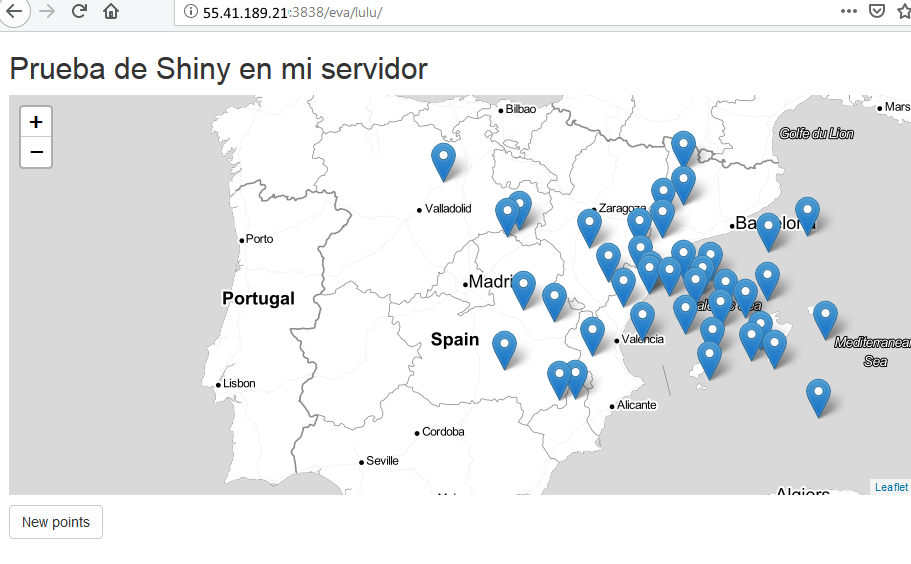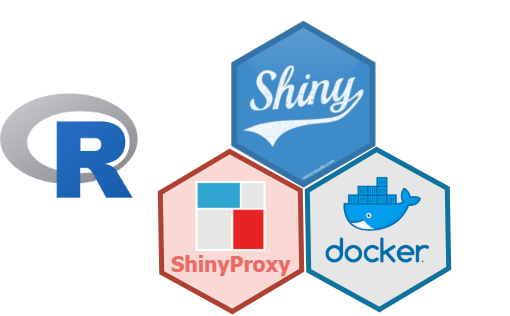

Sudo su -c "R -e \"install.packages('stats', repos='')\"" Sudo su -c "R -e \"install.packages('data.table', repos='')\"" Sudo su -c "R -e \"install.packages('compat-libffi5', repos='')\""

Sudo su -c "R -e \"install.packages('compat-gmp4', repos='')\"" Sudo su -c "R -e \"install.packages('ggplot2', repos='')\"" Sudo su -c "R -e \"install.packages('ggvis', repos='')\"" You can always install more packages later via a terminal session sudo su -c "R -e \"install.packages('rmarkdown', repos='')\"" If you need any other package, just follow the instruction pattern, replacing the name of the desired package.

Here are a few we will load before we start using the server. Go to the Instances section in the EC2 Dashboard section and click on the new instanceĬopy the Public DNS address, from here on we’ll refer to it as MY_PUBLIC_DNSĪny package that an ‘Shiny App’ uses will need to be pre-installed, or the will crash. Optional: If you plan to have to publish apps from a RStudio server within the local network (VPC) - Click Add Rule, select Type: All Traffic | Source: Custom and type the the first two numbers in the IP address followed by ‘.0.0/16’ (So,if your Shiny server’s internal IP address is 172.31.2.200 then you’d enter 172.31.0.0/16 This gives every server in your VPC access to your Shiny server and to each other)Īfter clicking Launch the “Select existing pair or create a new pair” screen will appear, select: Optional: If you want to open your Shiny server to the world - Click Add Rule, select Type: Custom TCP Rule | Port Range: 3838 |Source: Anywhere Click Add Rule, select Type: All Trafic | Source: My IP


 0 kommentar(er)
0 kommentar(er)
